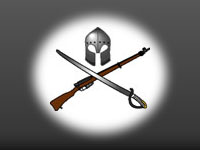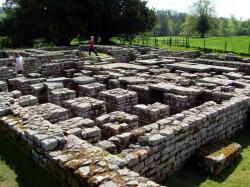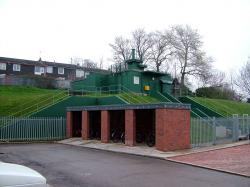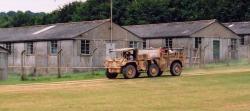Translate this Page
Anniversaries for today :
Welcome to Clash of Steel!
[ About us ]
[ Contribute a battle ]
[ Contribute a review ]
[ Contribute a reenactment group ]
[ Contact us ]
Featured battle : Niedernhausen
Part of The French Revolutionary and Napoleonic Wars
Date : 13 October 1795
The French, the rearguard of Jourdan's retreating army, were attacked by the Austrian, mainly cavarly, 'Observazioncorps'. The French lost a considerable amount of booty, guns, waggons and ammunition carts to the Austrians.
Featured image :
Spanish Civil War Monument
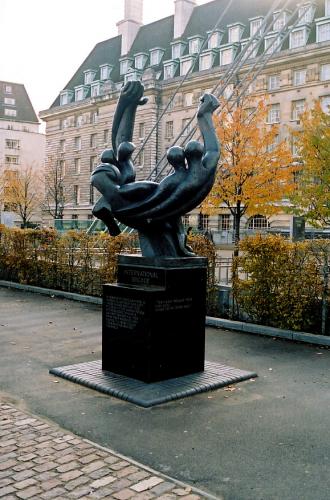
A monument to more than two thousand British volunteers of The International Brigade who felt compelled to fight against the facist forces in the Spanish Civil War 1936-39. ""They went because their open eyes could see no other way.""
Gallery updated : 2022-04-04 08:33:43
Featured review :
With Napoleon’s Guard in Russia - The Memoirs of Major Vionnet 1812
Louis Joseph Vionnet. Translated & Edited Jonathan
A book I finished reading wanting more of the same. I suspect desperate hunger, numbing cold and the struggle to keep his troops together caused Major Vionnet to make few notes from which these memoirs were constructed. Jonathan North has written an excellent introduction, especially the Peninsular War background to the regiment, and there is an appropriate selection of maps and illustrations to support the text. He has also used other personal accounts to broaden the perspective and add detail. My one minor complaint is that the many footnotes are gathered at the end of the book. If, like me, you always read footnotes, and these are most helpful, then having them on the relevant page is so much more convenient. This book is about detail having a broad overview of the Russian campaign, while not essential, is most useful.
With only a little imagination the reader will gain insights into the hell which engulfed and killed so many of Napoleon’s troops in the retreat from Moscow. And crucially how some of the survivors survived.
Pen & Sword Military. Pen & Sword Books Ltd., 2012
Reviewed : 2013-02-25 00:00:00
